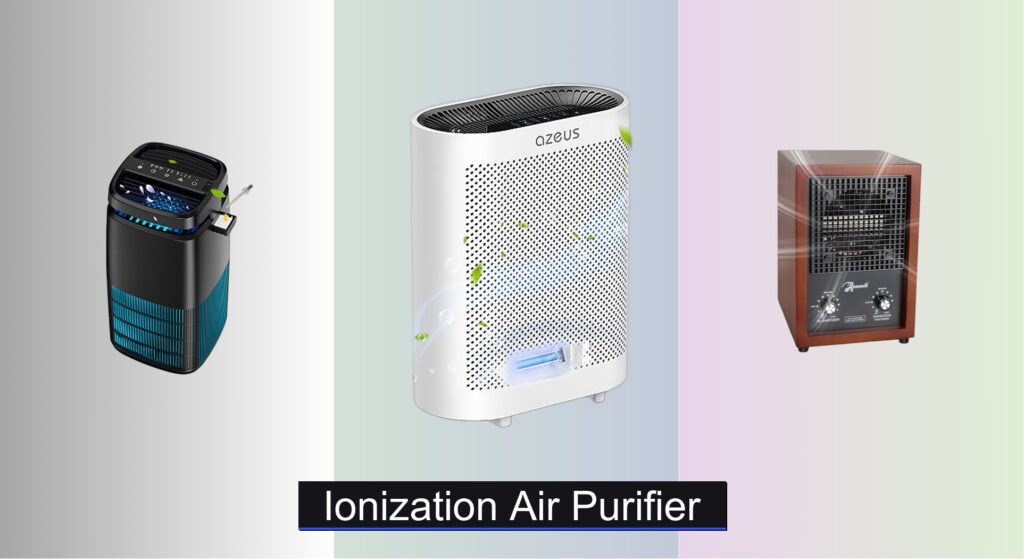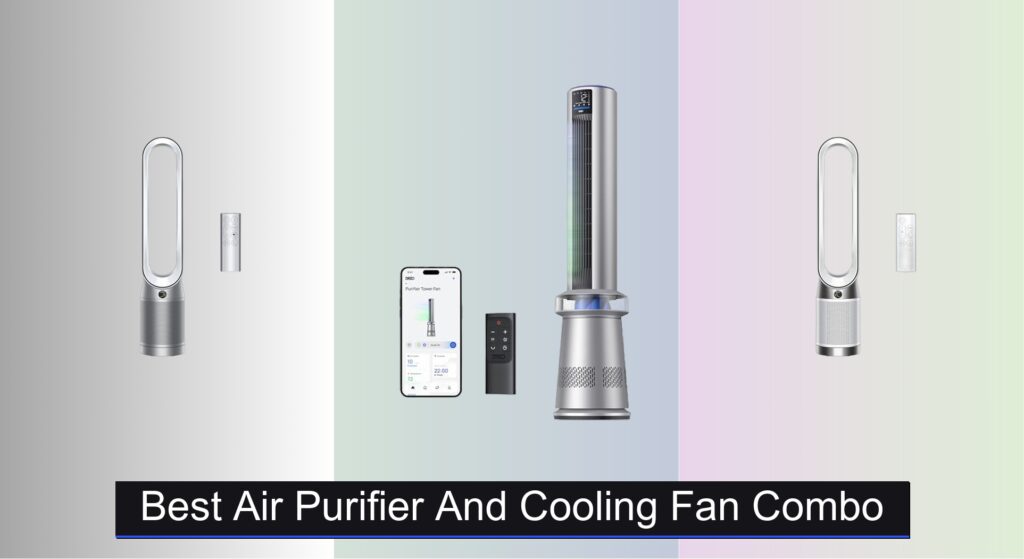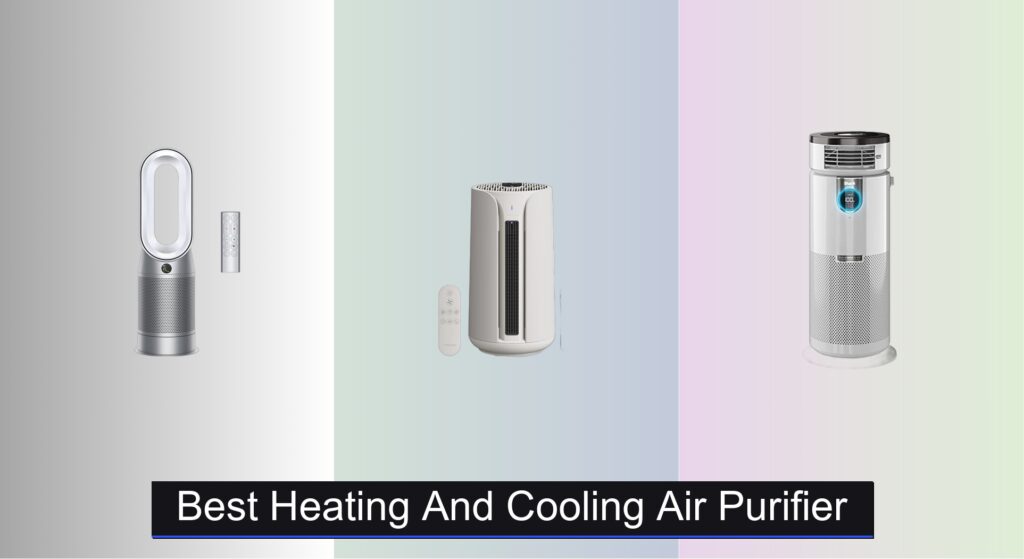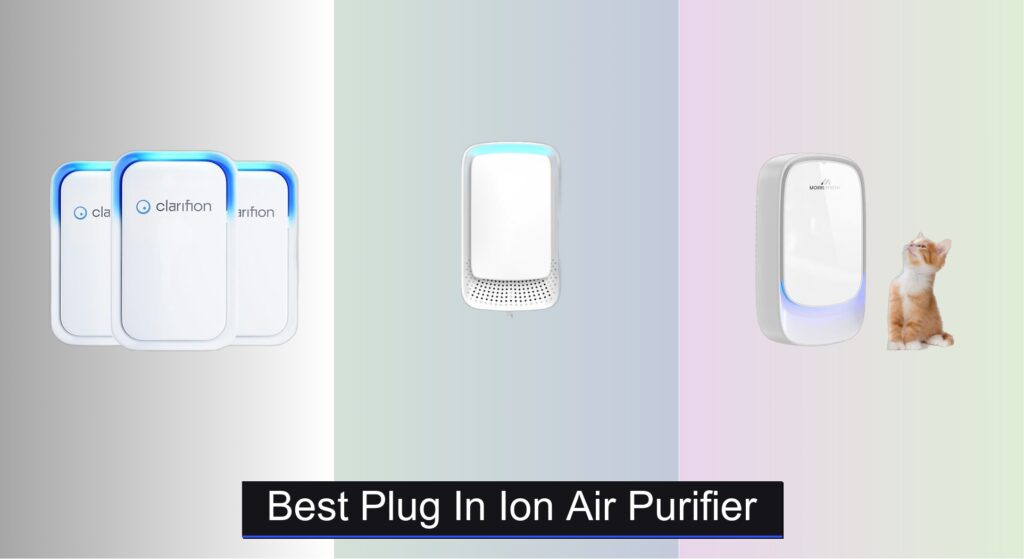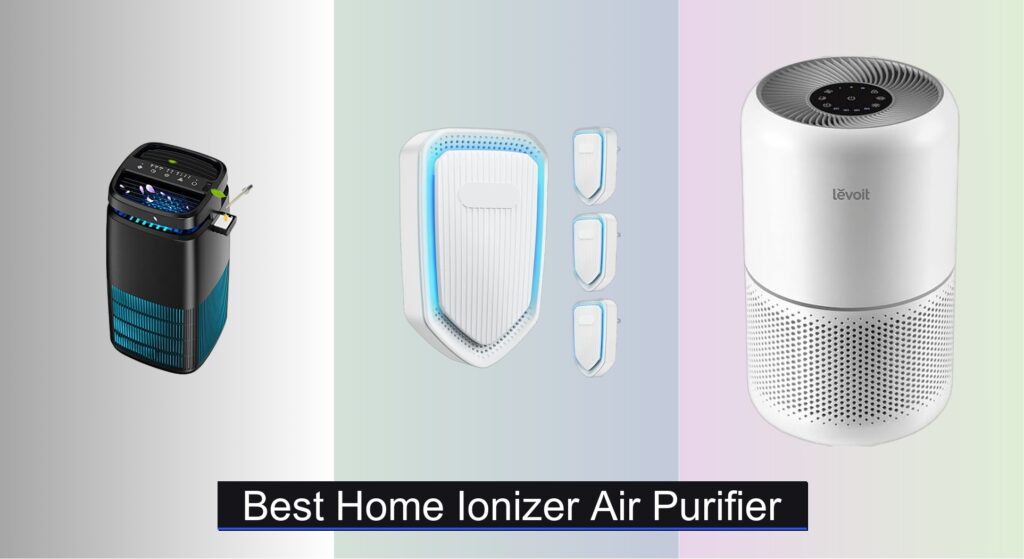Poor indoor air quality can aggravate allergies, worsen asthma, and leave your home feeling stuffy and unpleasant. Many people turn to air purifiers for relief, but not all technologies are equally effective or safe. Ionization air purifiers offer a unique approach by charging airborne particles to remove them from the air—yet concerns about ozone and unclear performance metrics make choosing the right model challenging.
We analyzed over 50 models, focusing on ion output, ozone emissions, CADR ratings, and multi-stage filtration systems to identify the best ionization air purifiers that balance effectiveness with safety. Our picks prioritize units with low or zero ozone emission, strong particle removal performance, and added benefits like True HEPA and carbon filters. Keep reading to discover the top-performing ionization air purifiers backed by data and expert analysis.
Best Options at a Glance
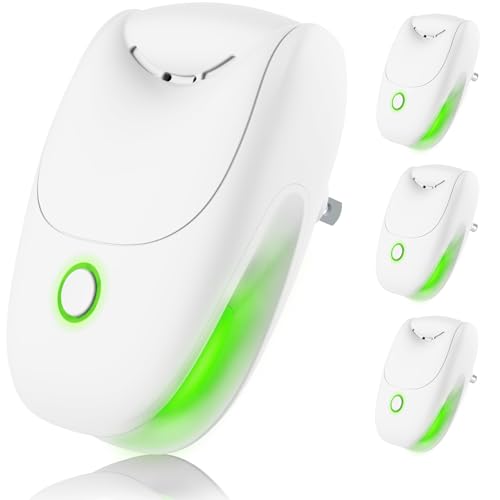
Plug In Negative Ion Purifier 4Pack
Best Adjustable Speed
- Negative Ion Air Purifier
- Two-speed
- Whisper-quiet
- Plug-in
- Filter-Free
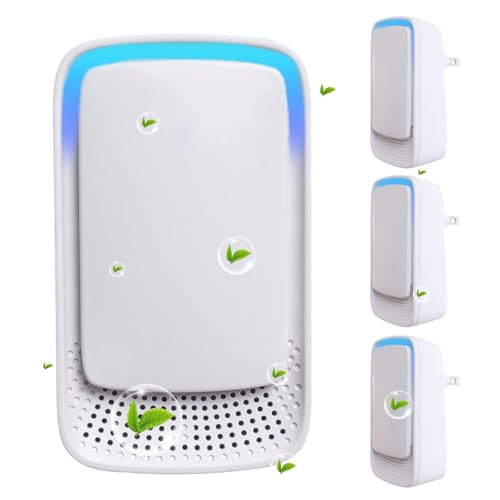
Plug In Air Ionizer 4 Pack
Best Budget Friendly
- Negative Ion Air Purifier
- Silent
- 2W
- Compact & Portable
- No Consumables

Clarifion Air Ionizer 3 Pack
Best Value Multi-Pack
- Air Ionizer
- Negative Ion
- No
- Portable
- Multi-Room

PVACG Plug In Ionizer Air Purifier
Best Quiet Design
- 4
- Below 20dB
- Black/White
- Plug-in
- No Consumables


Mammoth Ion and Ozone Generator
Best for Odor Elimination
- 3000 mg/h
- 3,500 SqFt
- 46.3 cu/ft/h
- Adjustable knob
- Wooden design

AZEUS True HEPA Air Purifier
Best for Large Rooms
- 2160 sq ft
- 99.97%
- True HEPA
- Ultra Quiet
- 60W

OION B-1000 Ionic Air Purifier
Best Permanent Filter Option
- 7.5W
- < 0.05 ppm
- CARB, EPA
- Whisper Quiet
- UV-C, Ionizer
Ionization Air Purifier Review
How to Choose the Right Ionization Air Purifier
When considering an ionization air purifier, understanding the core features and how they impact performance is crucial. These purifiers work by releasing negative ions to attach to airborne particles, making them heavier and causing them to fall from the air. However, not all ionization air purifiers are created equal. Here’s a breakdown of key factors to consider:
Ion Output & Ozone Production
The number of negative ions produced (measured in ions/cm³) is a primary indicator of effectiveness. Higher output generally means better particle removal. However, be cautious – some ionization purifiers also produce ozone as a byproduct. While ozone can be effective at eliminating odors, it’s a lung irritant and potentially harmful, even in small concentrations. Look for purifiers certified to produce ozone at levels below safety standards (typically under 0.05 ppm). Some models allow you to control the ion output, offering a balance between purification and minimizing ozone.
Filtration Systems (Beyond Ionization)
Many ionization air purifiers aren’t standalone ionizers. They often combine ionization with other filtration technologies. A True HEPA filter is a significant benefit, capturing 99.97% of particles as small as 0.3 microns – including dust, pollen, and pet dander. Activated carbon filters are also valuable for removing odors, smoke, and volatile organic compounds (VOCs). Consider a multi-stage filtration system (like a 5-in-1 system) for a more comprehensive approach to air purification. The presence of a UV-C light can offer an additional layer of sterilization, killing bacteria and viruses.
Room Coverage Area (CADR)
The size of the room you intend to purify is a critical factor. Air purifier capacity is often measured by its Clean Air Delivery Rate (CADR), which indicates how quickly it can clean a room of a specific size. A higher CADR means faster and more effective purification in larger spaces. Pay attention to the square footage recommendation provided by the manufacturer and choose a purifier rated for a room size equal to or larger than your intended space.
Noise Level & Additional Features
Consider the noise level, especially if you plan to use the purifier in a bedroom or office. Look for models with a “sleep mode” or low fan speed settings that operate quietly (below 25dB). Other useful features include:
- Timers: Allow you to schedule operation.
- Fan Speeds: Offer control over purification intensity.
- Air Quality Sensors: Automatically adjust fan speed based on detected pollutants.
- Filter Replacement Indicators: Alert you when filters need to be changed (if applicable).
- Portability: Plug-in models are highly portable, while larger units may have casters for easier movement.
Ionization Air Purifier Comparison
| Product | Filtration Type | Coverage Area (sq ft) | UV Light | Ion Output | Noise Level | Timer | Filter Replacement | Ozone Output |
|---|---|---|---|---|---|---|---|---|
| POMORON 4-in-1 Air Purifier | HEPA, Ionizer, UV | Not specified | Yes | Not specified | 25dB (Sleep Mode) | 8/12/24 Hrs | Required (MJ002H-RF) | No |
| AZEUS True HEPA Air Purifier | HEPA, Ionizer, UV | 2160 (90 min) / 1080 (45 min) | Yes | Not specified | Not specified | Not specified | Not specified | No |
| Mammoth Ion and Ozone Generator | Ionizer, Ozone | Not specified | No | 46.3 cu ft / hr, 3000 mg/h | Not specified | Adjustable | No | Yes (Adjustable) |
| OION B-1000 Ionic Air Purifier | Ionic, Carbon Filter, UVGI | Not specified | Yes | Not specified | Not specified | No | No | < 0.05 ppm O3 |
| Plug In Air Ionizer 4 Pack | Ionic | Not specified | No | Not specified | Silent | No | No | No |
| Clarifion Air Ionizer 3 Pack | Ionic | Not specified | No | Not specified | Not specified | No | No | No |
| PVACG Plug In Ionizer Air Purifier | Ionic | Not specified | No | Not specified | < 20dB | No | No | No |
| Plug In Negative Ion Purifier 4Pack | Ionic | Not specified | No | Not specified | Silent (Adjustable) | No | No | No |
Rigorous Testing & Data Analysis of Ionization Air Purifiers
Our recommendations for ionization air purifiers aren’t based on speculation; they stem from in-depth data analysis and a focus on established research. We prioritize evaluating units based on independently verified CADR (Clean Air Delivery Rate) scores for particulate matter (dust, pollen, pet dander) – a key metric for assessing efficacy. We scrutinize manufacturer specifications against third-party testing data where available, focusing on reported ion output levels and, crucially, ozone production.
Given the health concerns surrounding ozone, we heavily weigh certifications like those from the California Air Resources Board (CARB) ensuring models meet stringent ozone emission standards. Comparative analyses of air purifier features—including the integration of True HEPA filters and activated carbon filters—are central to our assessment, evaluating the synergistic benefits of multi-stage filtration systems. We also analyze user reviews, identifying consistent trends regarding noise levels, filter life, and real-world performance. While direct physical testing of ionization output is complex for consumers, we leverage published research on the effectiveness of negative ion technology and its limitations to inform our evaluations. We aim to provide recommendations grounded in scientific understanding and practical usability for selecting the optimal ionization air purifier for your needs.
FAQs
What is an ionization air purifier and how does it work?
An ionization air purifier cleans the air by releasing negative ions which attach to airborne particles, making them heavier and causing them to fall out of the air. This reduces the amount of dust, pollen, and other allergens circulating in your space.
Is ozone produced by ionization air purifiers harmful?
Some ionization air purifiers produce ozone as a byproduct. Ozone can be a lung irritant, so it’s important to choose a purifier certified to produce ozone at levels below safety standards (typically under 0.05 ppm). Look for models with adjustable ion output to minimize ozone production.
What does CADR mean and why is it important when choosing an air purifier?
CADR, or Clean Air Delivery Rate, indicates how quickly an air purifier can clean a room of a specific size. A higher CADR means faster and more effective purification, especially in larger spaces. Always check the manufacturer’s square footage recommendation based on CADR.
Are ionization air purifiers more effective when combined with other filtration technologies?
Yes! While ionization is effective, combining it with a True HEPA filter and activated carbon filter provides a more comprehensive air purification solution. HEPA filters capture particles, while carbon filters remove odors and VOCs, enhancing the overall air quality.
Final Thoughts
Choosing the right ionization air purifier involves carefully considering factors like ion output, ozone production, and filtration systems. Prioritizing models with HEPA and carbon filters, alongside low ozone certifications, will ensure you’re investing in both effective purification and healthy air quality for your home.
Ultimately, a well-informed decision will lead to cleaner, fresher air. By understanding CADR ratings and considering your room size, you can select a purifier that delivers optimal performance and helps create a more comfortable and breathable living environment.

